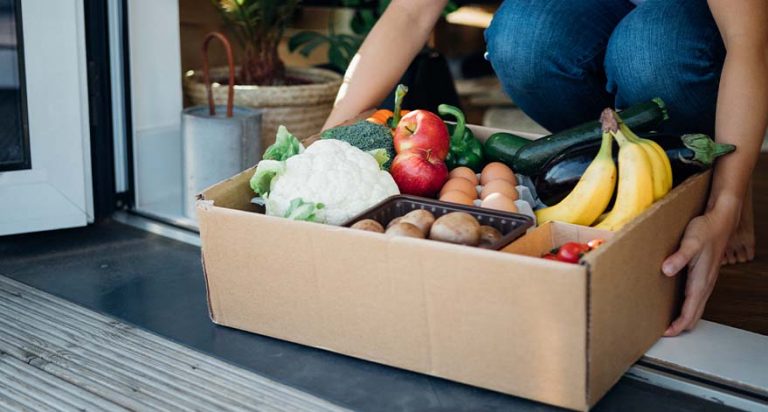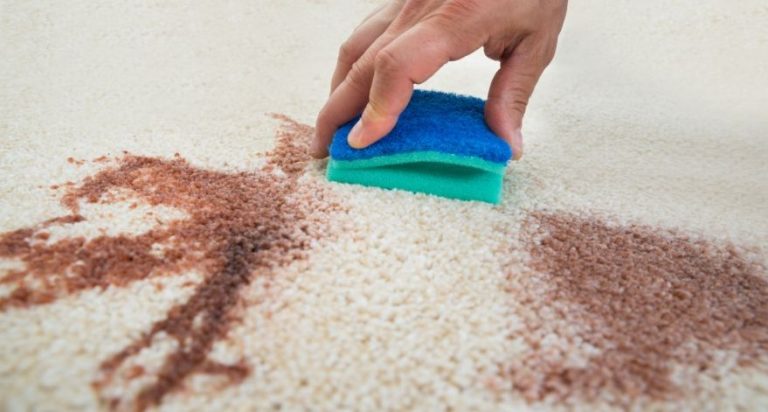Disinfect Your Groceries and Curb the Spread of COVID-19
How to Disinfect Groceries
The spread of COVID-19 has had many people worried about going out for shopping. Groceries are essential items for every household and people have shopped in bulk to reduce contact outside. But the question remains, how can people disinfect the groceries to avoid the risk of contracting the deadly virus? Well, we offer some tips on how to disinfect groceries, but check the Centers for Disease Control and Prevention for official measures. Here is everything you need to know to stay safe while shopping and using the groceries.
Do Groceries Pose a Risk in the Spread of the Virus?
While much remains unknown, one fact remains that the virus can be transmitted easily from one person to another or by touching infected surfaces. Where people get groceries, there could be a chance of carrying the infection, and most supermarkets are urging customers to be extra cautious when touching any surface.
Packed food and produce are some of the items people would touch looking for one that appeals to the eye. Though the impact of the spread of the virus through produce remains unknown, it does not hurt to be extra cautious.
Here are some ways to stay safe before and after shopping for grocery and also when using them.
What to Do Before Shopping
Create a Decontamination Zone
Set aside a disinfection place in your house, such as the porch, garage, or any other site that is not frequented. Any non-perishable groceries that do not require refrigeration should be left there for three days to allow any possible COVID-19 traces to die.
Create a Sanitizing Area
A separate cleaning area away from the decontamination zone should be set aside to allow items that are used immediately or refrigerated to be sorted. One should have wastebasket where non-recycled packaging is put with scissors to cut. Avoid the use of your mouth when opening packages to prevent contact with contaminated surfaces on the face.
What to Do After Shopping
Sanitize Your Hands
This is rather obvious, but it is good to follow the golden rule of sanitizing your hands to avoid contaminating doorknobs and cleaning zones. The groceries should also be decontaminated with clean hands.
Wait 3 Days
The decontamination zone will act as a storage area for the goods that are not needed immediately or do not require refrigeration. Cardboard boxes should be left for one day; this is to ensure that the virus dies before the groceries are taken to the kitchen.
Sort Through Your Groceries
After sorting the non-perishable products, you should take the others to the cleaning area. Wash your hands before unpacking them. Sort them in terms of fresh produce and perishables such as meat, waterproof containers and cereal boxes.
Lay out clean bags to store the food outside the cleaning area. Unwrap the packaging in the cleaning area and put them in the waste bucket. Empty the groceries into the clean containers outside the cleaning area and put the dirty pack in the trash.
Wash your hands before touching the clean containers, then close and store them in the fridge. Your well-cooked meat is free of any contamination.
How to Clean Fruits and Veggies
Fruits such as oranges and any other that will require peeling can be washed with soapy water. To do this, fill the sink with soapy water and empty the fresh produce inside. The wrappings should be put in the trash container and your hands should be washed thoroughly.
Leave the fresh produce for about 15 minutes, then scrub and rinse with clean running water. Leave the product in a clean cloth to dry before taking to the house.
For Cartons or Plastic Bottles
The containers can be sprayed using EPA-registered disinfectants and left for one minute for it to be decontaminated. Alternatively, wash them thoroughly with soapy water, then rinse with clean water and dry them thoroughly. The alcohol-based wipes can also be used to wipe the container before they are taken to the kitchen.
For Cereal Boxes
Open the boxes and dump the inner wrapping onto a clean surface set aside outside the cleaning area. When doing that, do not touch the wrapping to avoid contamination. The boxes should then be dumped in the trash and your hands should be washed thoroughly before leaving the cleaning area.
Best Cleaning Products for Grocery Surfaces and Packages
Lysol Disinfecting Wipes
Lysol wipes get rid of 99.9% of germs on home and kitchen surfaces. Aside from that, they remove 95% of allergens and prevent the growth of mildew and molds. You should use the wipes to disinfect doorknobs, countertops, sinks and kitchen tables to curb the spread of the virus from grocery shopping.
Diversey Virex TB Disinfectant Cleaner
The quick results achieved through the use of Diversify products are worth it. It disinfects in three minutes and it is safe to use on your hands, plastic surfaces and even on walls. There is no dilution required and the product is ready for use upon purchase.
It kills a broad spectrum of viruses and bacterial micro-organisms, making it ideal for curbing the COVID-19 spread. It deodorizes surfaces leaving them with a lemon smell.
Performacide Hospital and Home Disinfectant
This is an EPA registered disinfectant that kills most of the viruses on surfaces. It works on hard and non-porous surfaces, getting rid of germs on kitchen tables and sinks. Also, no harmful residue will be left on surfaces when Performacide disinfectant is used. You only need to immerse the pouch in clean water and sanitize the surface for assured results.
Final Thoughts
Staying safe during the world pandemic means leaving nothing to chance, including cleaning groceries. As many people touch the product before purchase, it is good to disinfect the packaging and wash groceries before use.

